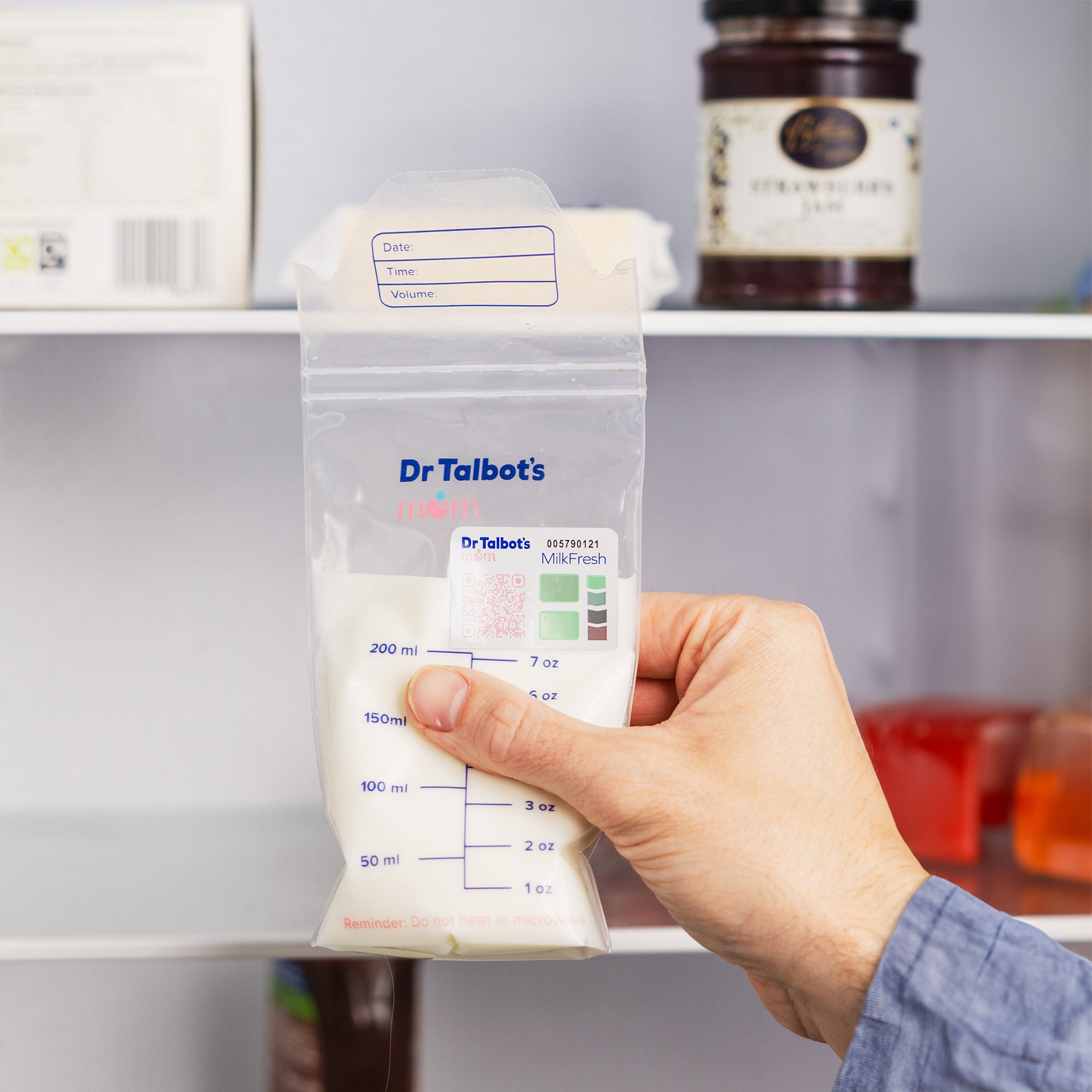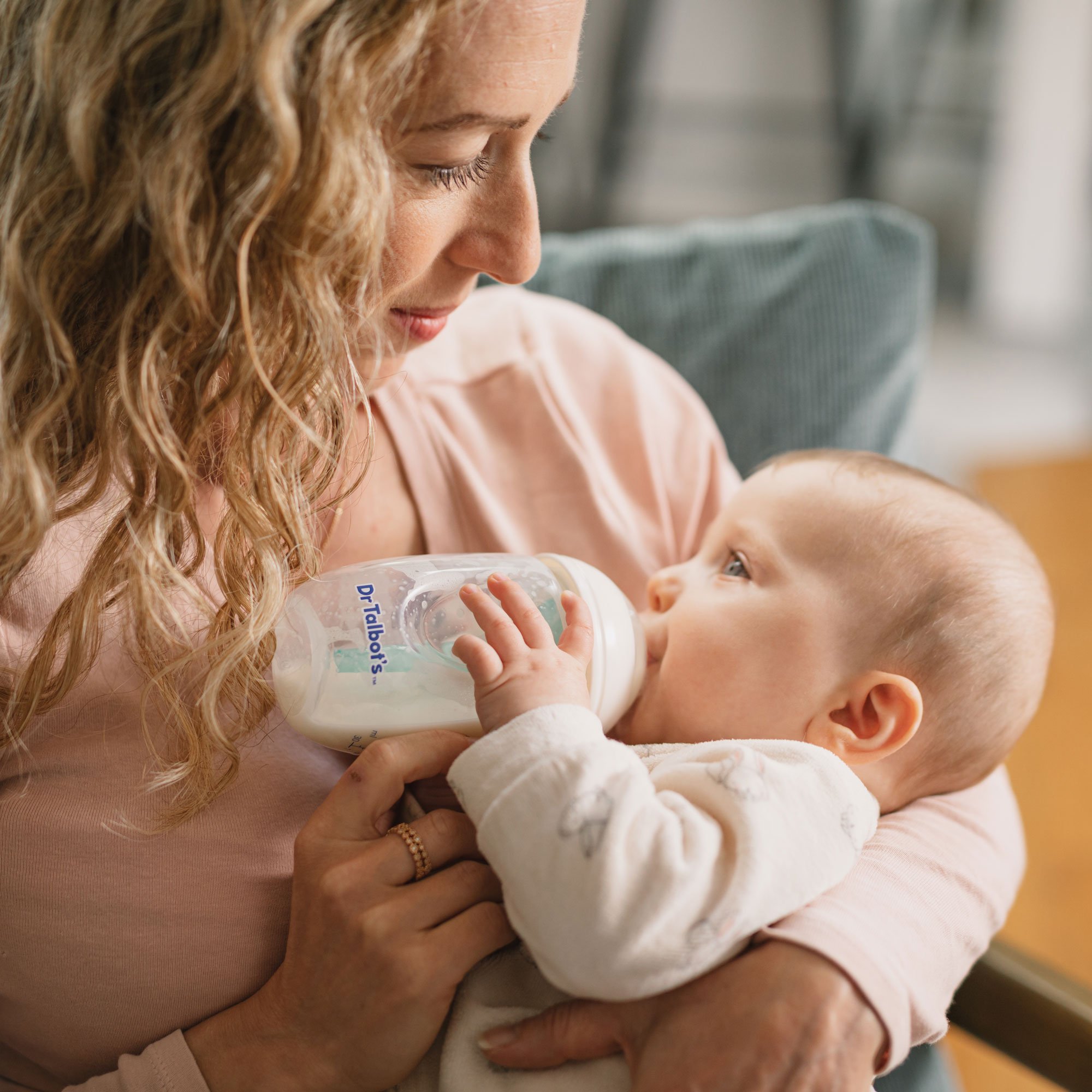Defrosting breast milk is a vital step in preparing a safe, nutritious meal for your baby. While frozen breast milk is a lifesaver for busy parents, thawing it incorrectly can reduce its nutritional value and, worse, compromise your baby’s health. Proper defrosting techniques ensure that every drop of milk retains its essential proteins, enzymes, and antibodies while being safe and easy to consume.
In this guide, we’ll explore how to defrost breast milk safely, quickly, and effectively, all while maintaining its quality.
Why Proper Defrosting of Breast Milk is Important
Breast milk is nature’s perfect formula, providing your baby with all the nutrients and antibodies they need to thrive. However, improper defrosting can:
Destroy Nutritional Value: High temperatures can denature proteins and destroy antibodies, reducing the milk’s health benefits.
Risk Bacterial Growth: If thawed improperly or left out too long, breast milk can become a breeding ground for bacteria, posing risks to your baby’s health.
Create Safety Concerns: Uneven thawing can lead to hot spots, potentially burning your baby’s mouth.
By following proper defrosting practices, you can avoid these risks while preserving the integrity of the milk.
How to Defrost Breast Milk Safely
When it comes to defrosting breast milk, slow and steady wins the race. Here are the best methods:
Option 1: Thaw in the Refrigerator
The refrigerator method is the gold standard for defrosting breast milk.
Place the frozen milk in the refrigerator, ensuring the container is upright to prevent leaks.
Allow 12–24 hours for the milk to thaw completely.
Once thawed, gently swirl the container to mix the separated layers.
Why it’s great: This method preserves nutrients and minimizes bacterial growth.
Option 2: Use Warm Water
If you’re short on time, using warm water can speed up the process without sacrificing safety.
Fill a bowl with warm water (not hot).
Submerge the sealed milk container in the water for 10–20 minutes.
Gently swirl the container occasionally to promote even thawing.
Tip: Change the water if it cools before the milk has fully thawed.
Option 3: Run Under Warm Tap Water
This method is ideal when you need milk in a hurry:
Hold the sealed milk container under warm running water.
Rotate the container to ensure the milk thaws evenly.
Test the temperature before feeding.
Why it’s efficient: It’s quick and works well when you’re on the go.
How to Properly Defrost Breast Milk
Proper defrosting requires careful handling to ensure safety:
Use Sterile Storage Containers: Always store and thaw milk in clean, sealed bags or bottles designed for breast milk.
Label Dates Clearly: Use the oldest milk first, adhering to the “first in, first out” principle.
Avoid Sudden Temperature Changes: Gradual thawing preserves the milk’s proteins and prevents hot spots.
What to Avoid When Defrosting Breast Milk
Certain practices can compromise the quality and safety of breast milk:
Never Use a Microwave
Microwaving creates uneven heating and destroys essential nutrients.
Hot spots can form, posing a burn risk for your baby.
Avoid Leaving Milk at Room Temperature
Thawing milk at room temperature increases the risk of bacterial contamination.
Do Not Refreeze Thawed Milk
Once thawed, breast milk should not be refrozen, as this can alter its composition and safety.
Tips for Busy Moms
Life as a parent is hectic, but these tips can help streamline the process:
Plan Ahead: Transfer frozen milk to the refrigerator the night before you need it.
Label your milk: Label each bag with the date and time it was expressed to ensure you're using the oldest milk first. This will help you avoid wasting milk.
Use Storage Racks: Invest in milk storage racks to keep your freezer organized and make it easier to find the oldest milk.
Thaw Small Portions: Defrost only what you need to reduce waste and make preparation easier.
FAQs: How to Defrost Breast Milk
Q: What is the safest way to defrost breast milk?
A: Thawing in the refrigerator is the safest method, as it preserves nutrients and prevents bacterial growth.
Q: How long does it take to defrost breast milk in the refrigerator?
A: It takes 12–24 hours to thaw breast milk fully in the refrigerator.
Q: Can I refreeze breast milk after defrosting?
A: No, refreezing breast milk after thawing is not recommended, as it can alter the milk's safety and nutritional quality.
Q: How can I quickly defrost breast milk if I’m in a hurry?
A: Use warm water or run the sealed container under warm tap water for quick thawing.
Q: What happens if I leave breast milk out too long after defrosting?
A: Thawed milk should be used within 2 hours if left at room temperature to prevent bacterial growth.
Conclusion
Defrosting breast milk is an essential step in ensuring your baby’s feedings are safe, nutritious, and enjoyable. By following safe and proper defrosting methods, such as thawing in the refrigerator or using warm water, you can preserve the milk’s valuable nutrients and keep your baby healthy. Avoid shortcuts like microwaving or leaving milk out for extended periods, as they can compromise both safety and quality.
With a little planning and the right techniques, you can make feeding time stress-free and ensure your baby gets the very best with every meal.

